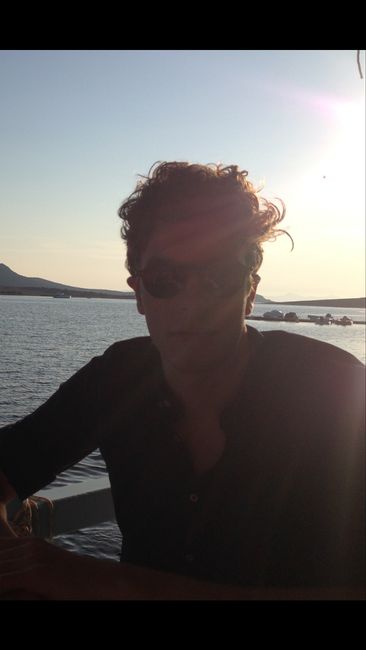Ulaanbaatar - Улаанбаатар
ที่ตีพิมพ์: 01.10.2019

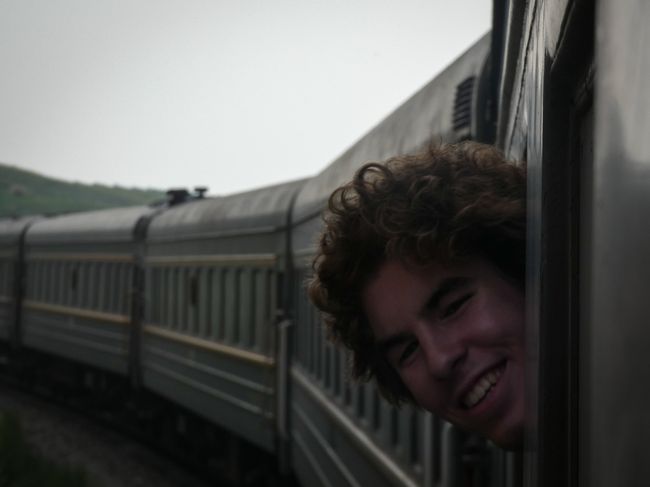
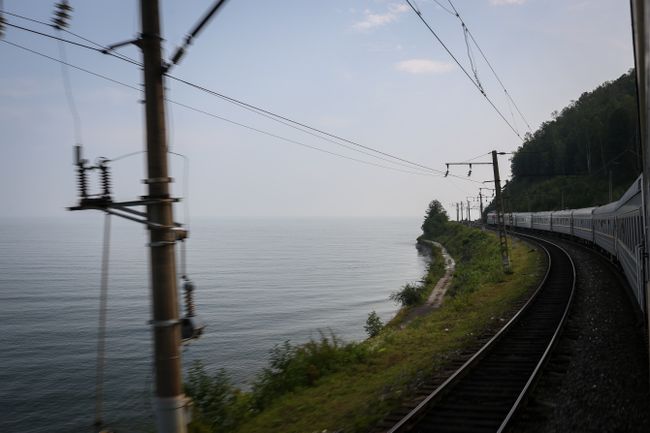
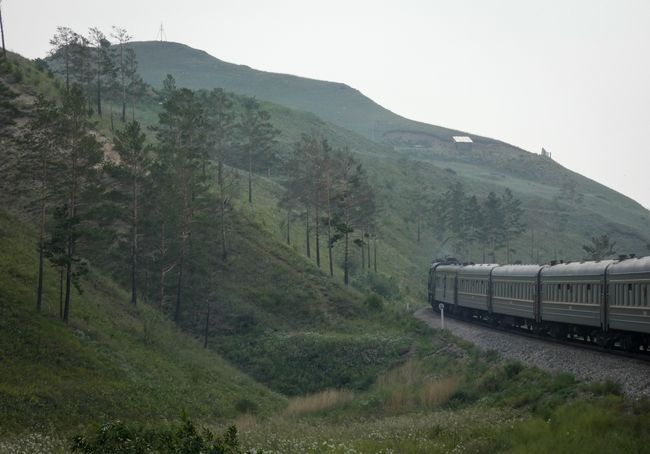
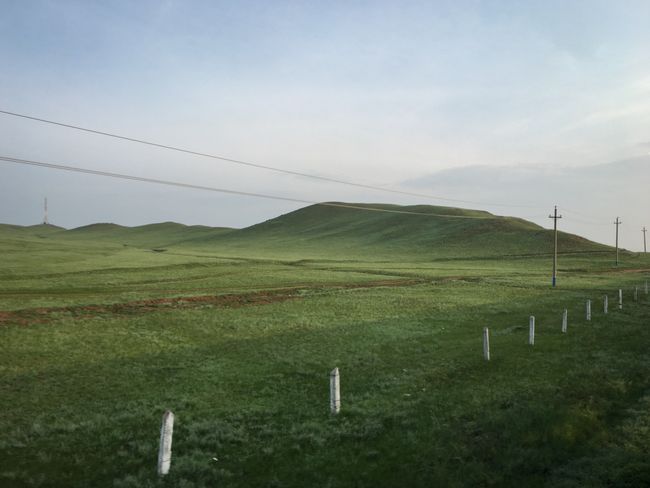
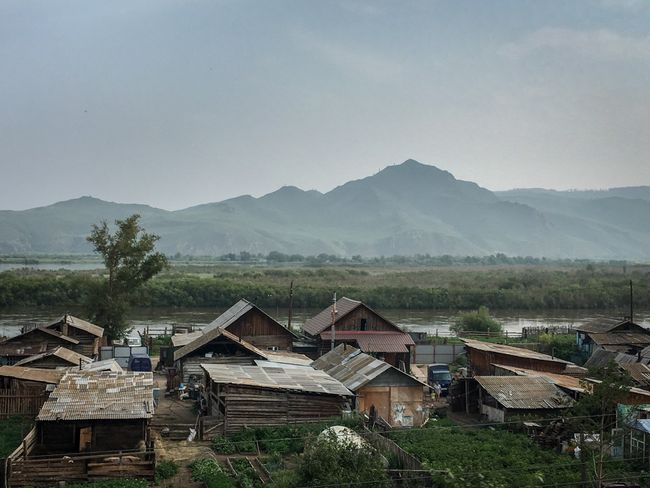
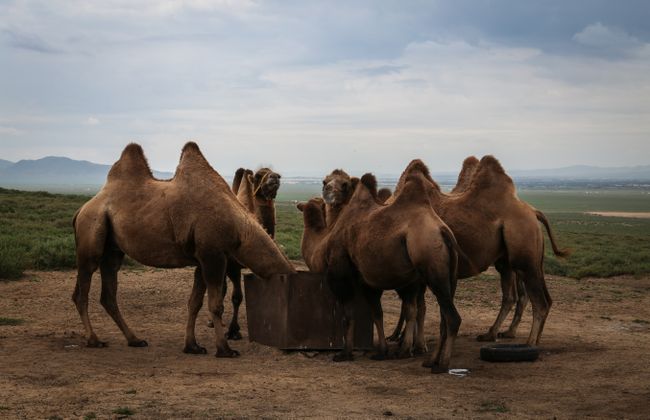
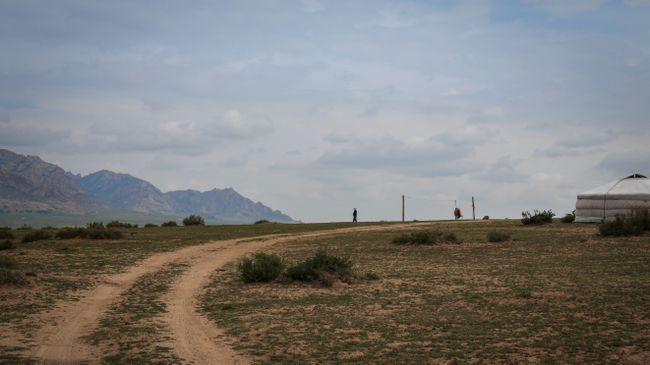
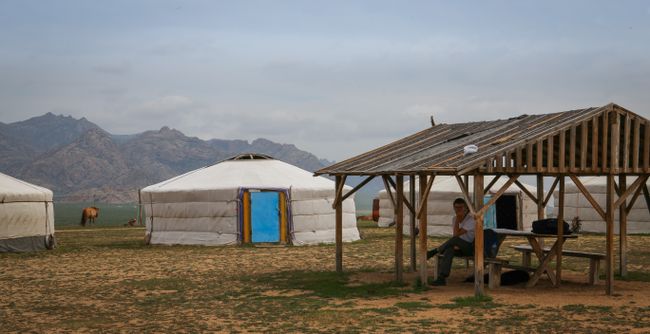
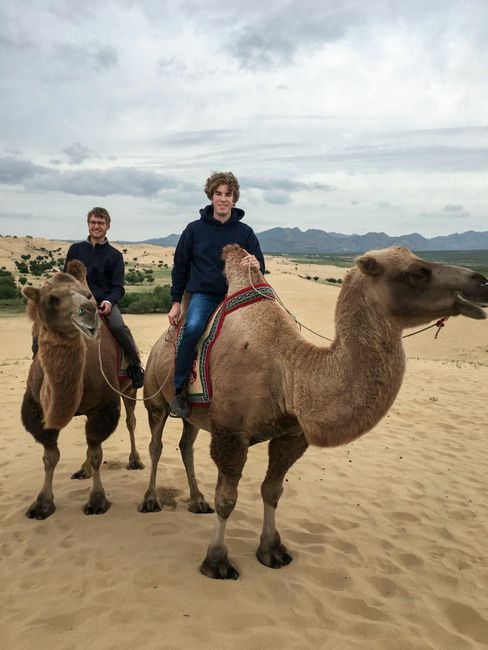
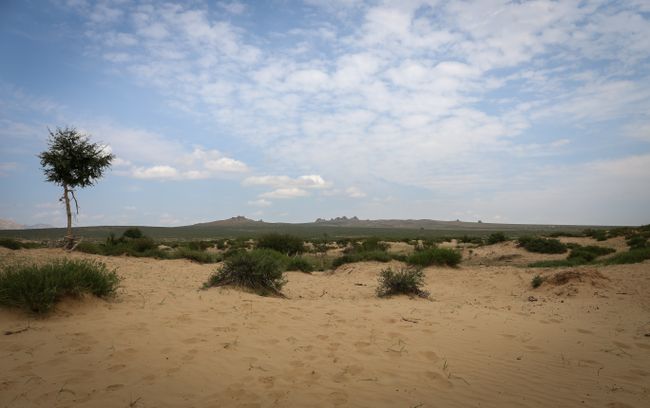
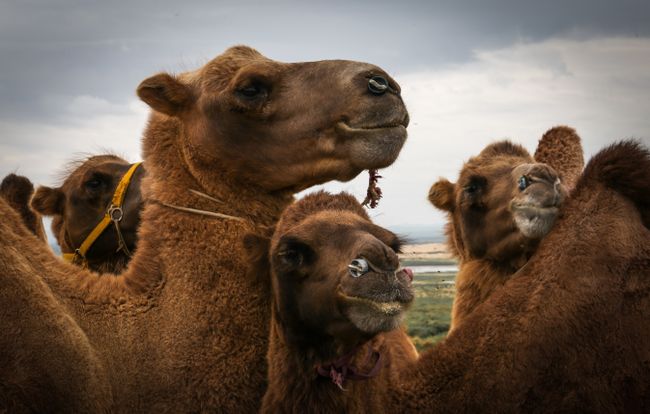
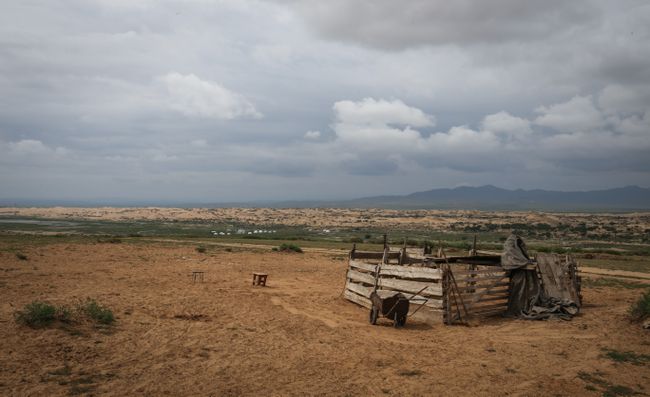
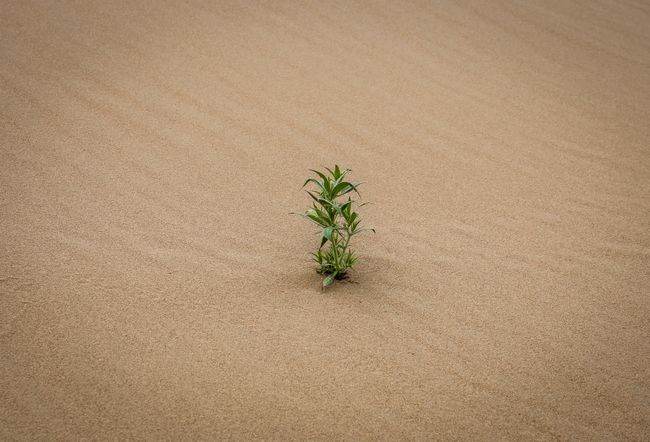
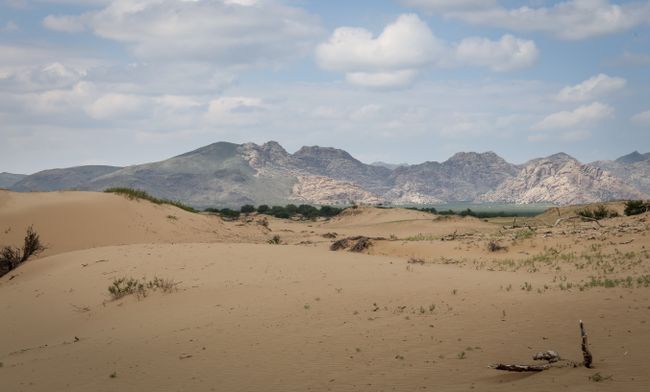
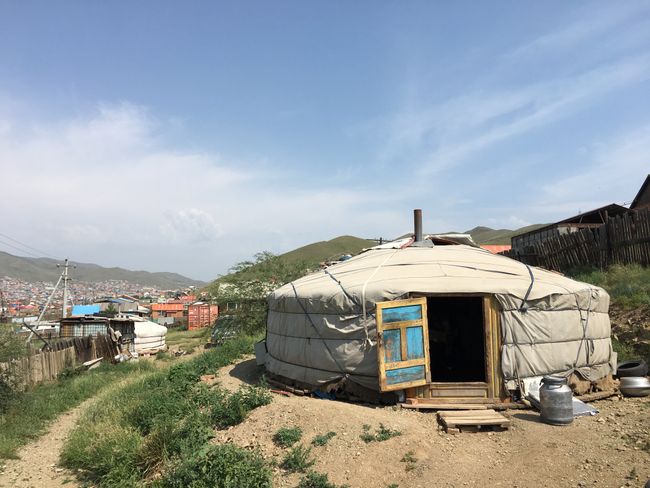
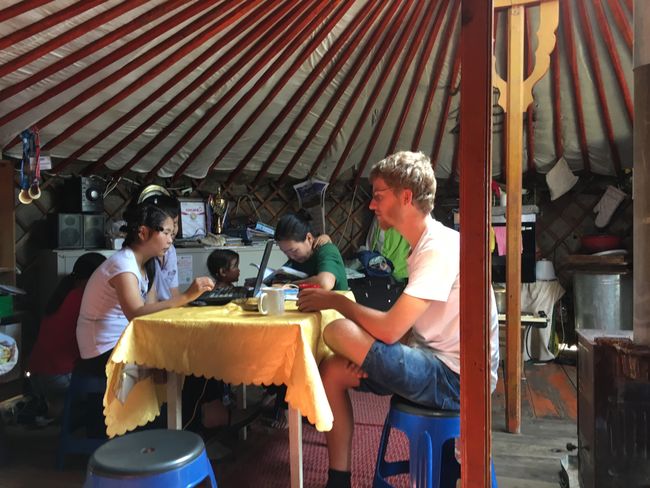
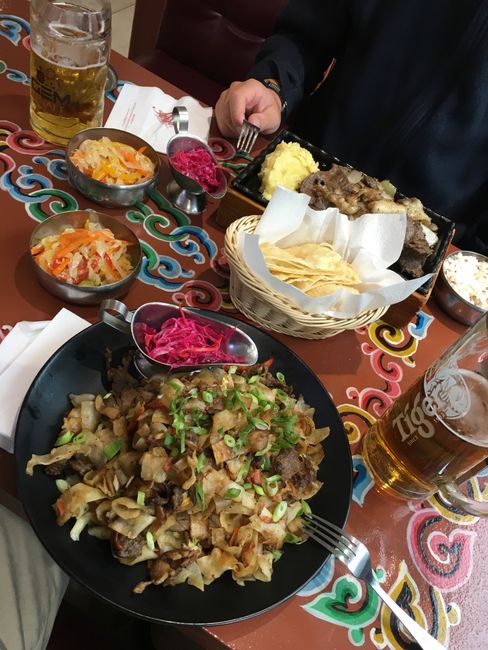
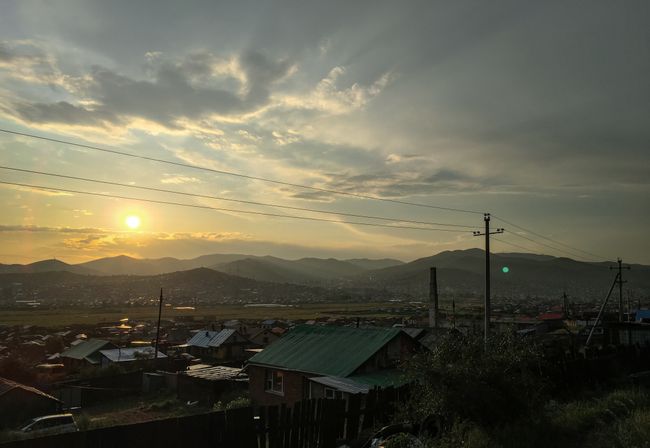
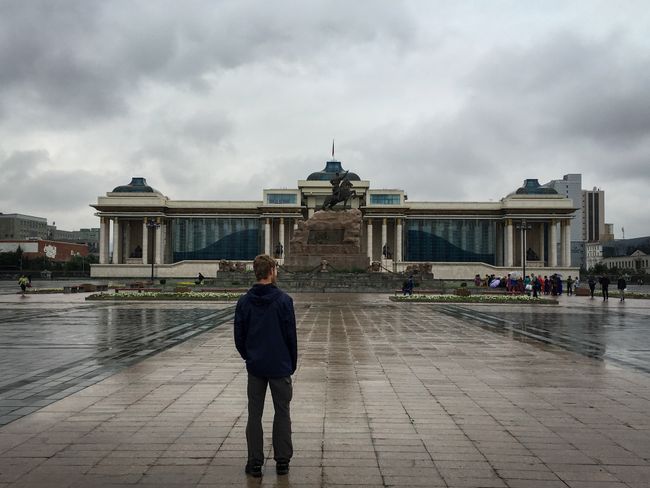
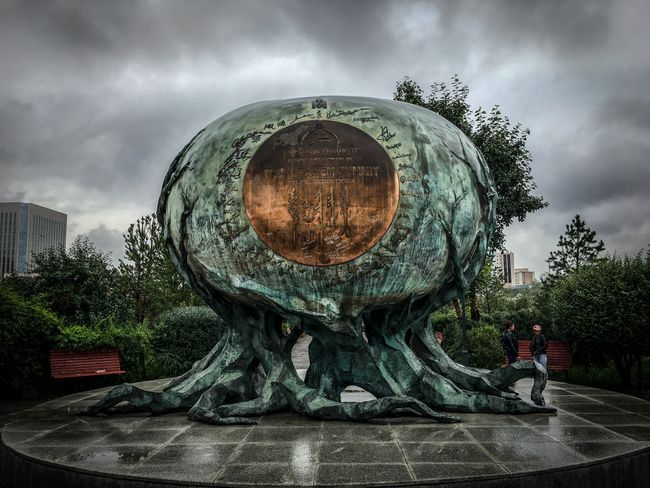
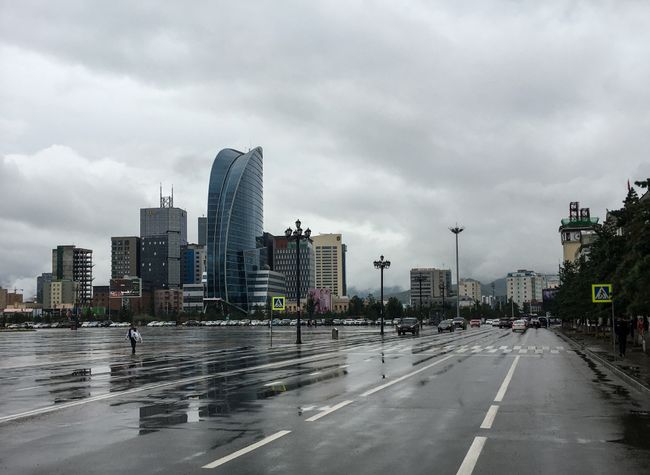
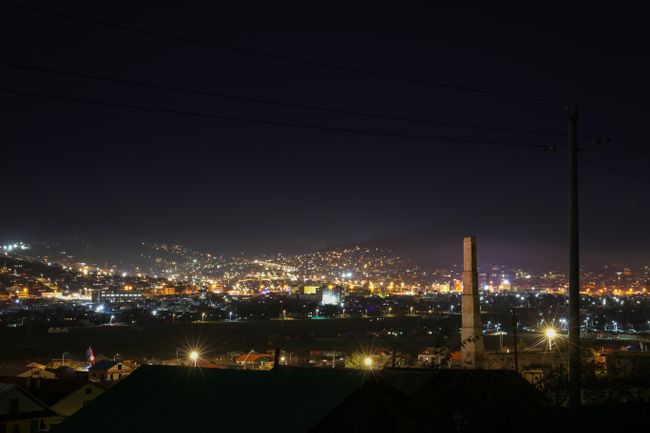
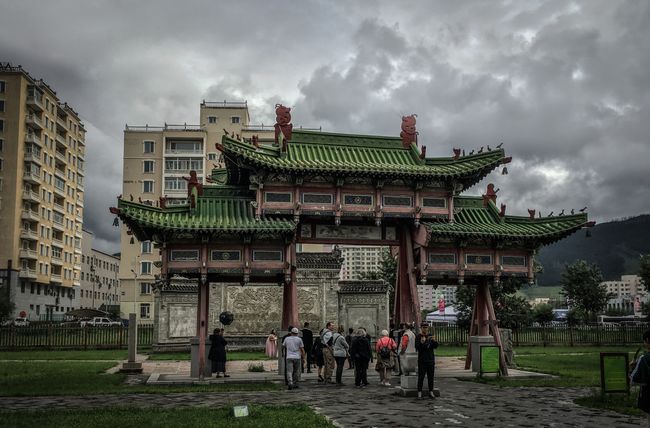
สมัครรับจดหมายข่าว
Another train journey. But this time a bit different - and above all more eventful...
After our train started moving towards Ulan-Bator at 01:23 am, we stumbled into our compartment where we met a sleepy, initially confused and disheveled New Zealand couple. The two introduced themselves as Donna-Marie and Andrew and we quickly became friends with them. They also had a long journey ahead of them as they were on their way home from London, where they had both worked for a year, to New Zealand, and traveled by train through Europe, Scandinavia, Russia, China, and Thailand, to eventually reach New Zealand by cruise ship from Singapore. The pretext for this trip was Andrew's fear of flying, as he would not be able to endure a flight from England to New Zealand...
This train was not - as one might expect - manned by Mongolians, Russians or Chinese, but by Americans, New Zealanders, Italians, French and above all, as can clearly be seen from the Reuters backpack, the sandals, the dictionary, the two-piece trekking pants, the camera around the neck and the travel guide - Germans - occupied the cabins of the trains. So finally, after the previous rather bumpy small talk with the Russians in broken English and German, we could have longer and more fluent conversations (while avoiding the sandals with the Reuters backpacks). An Austrian journalist working for ORF was also on the train and interviewed us as he was working on a radio feature about train travelers on the Trans-Siberian Railway.
Finally, the landscape changed and even the forest looked a bit different here (as forests look when they are on fire). Instead of the previous forest, we now had a good view of mountains, Lake Baikal, and later, the closer we got to Mongolia, also hilly grasslands. However, the enjoyment of this three-day train journey was limited, as we had to do without air conditioning, showers, power outlets, or soft beds.
After our first border crossing by train, where we were greeted by saluting soldiers, we finally arrived in Mongolia.
We spent the first night in Ulan-Bator in a typical Mongolian hut together with the four-member family living there, who welcomed us warmly and cooked for us. The hut, or depending on the definition, the tent, housed a room where we ate, slept, and washed ourselves. I could only stand in certain places. A makeshift wooden shack in front of the hut served as a toilet, which, however, offered a great panoramic view of Ulan-Bator and the surrounding hills.
We spent the remaining nights in a hostel and explored the city (mostly in the rain). On our last day in Ulan-Bator, we booked a tour to one of Mongolia's national parks. Our driver picked us up from the hostel at 6:00 am in the morning and drove us 300 km west in foggy sunrise. Although 300 km may initially sound like a long distance, in a country that is five times the size of Germany in terms of area, it is not a great distance. On our way to the national park, we discovered how many facets Mongolia actually has. Around Ulaan-Bator and in the north of the country, we initially referred to Mongolia as "Scotland on a large scale and a bit spread out", in other parts of the country, you can find mountains with waterfalls that could remind you of the Alps. However, further west, you could think you were in the American grasslands of Montana, with grazing wild horses and cattle. A little further, it could also be the steppe of Tanzania that you are looking at, and when we arrived at the national park, you could claim that you were in the northern Sahara. The national park was an area of sand dunes and hills - basically a small desert. Excited by the sandy landscape, we explored it, saw some lizards and skeletons of cows, goats, etc., and took a two-hour camel ride through the dunes. After a bumpy negotiation with our driver, we returned to the city in the evening sun of Mongolia.
สมัครรับจดหมายข่าว
คำตอบ

